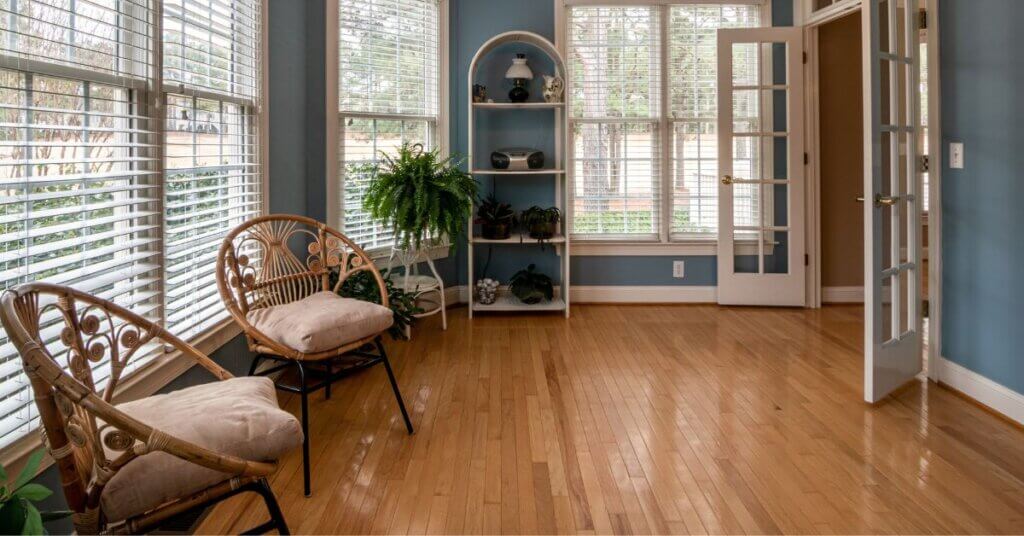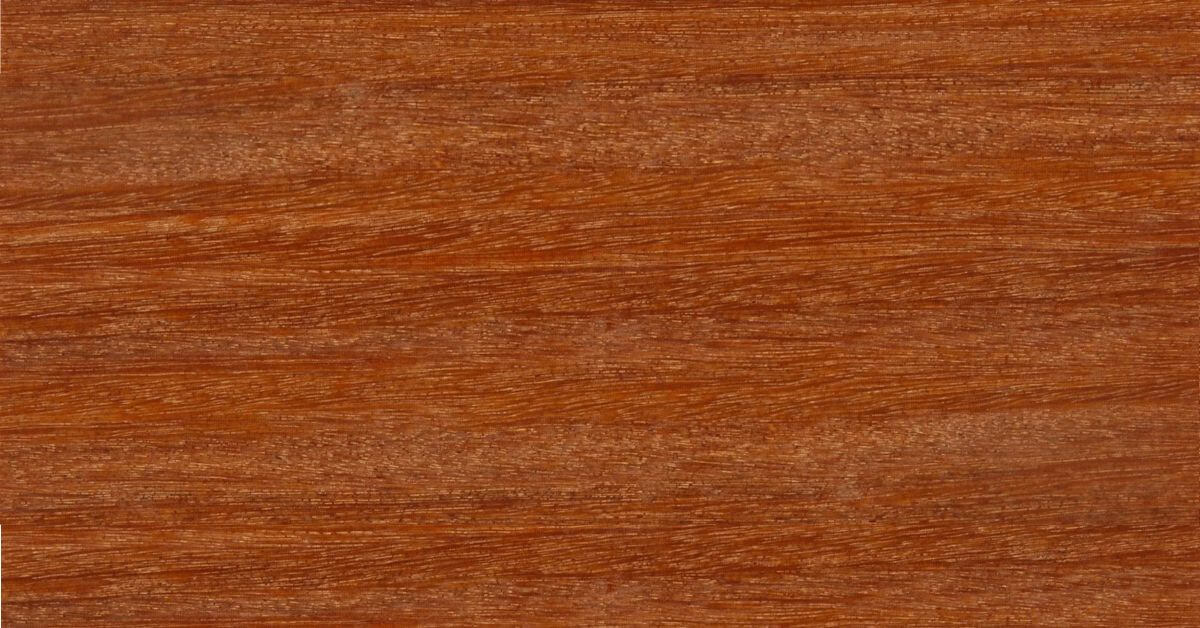As an Amazon Associate timberblogger.com earns from qualifying purchases.
Everyone likes strong and durable wood, which is suitable for all furniture purposes and requires less care than other woods, and its price is also not very high. Cumaru wood is one of those woods which has all the qualities.
Cumaru is considered a premium domestic wood. It comes from slow-growing deciduous hardwood (lose their leaves annually) trees of the Dipteryx species. Most hardwoods are harder and durable than most softwoods. The Cumaru tree is native to Northern South America.
What is Cumaru Wood?
Cumaru wood, also known as Brazilian teak or Tonka bean, is popular due to its durability, hardness, aesthetics, and stability, making it an excellent choice for various projects. Mainly, it is popular for making high-quality decking and furniture.
Cumaru heartwood ranges from light brown to dark brown. Other colors may be present, including red or purple hue. The sapwood ranges in color from light brown to yellow. These color variations may occur in fresh wood. However, it returns to its natural color after drying.
Characteristic of Cumaru Wood
| Scientific name | Dipteryx odorata |
| Tree Size | 130-160 ft (40-50 m) tall, 3-5 ft (1-1.5 m) trunk diameter |
| Average Dried Weight | 68 lbs/ft3 (1,085 kg/m3) |
| Janka Hardness | 3,330 lbf (14,800 N) |
| Crushing Strength | 13,850 lbf/in2 (95.5 MPa) |
| Wood color | Medium to dark Brown |
| Type | Hardwood |
Uses of Cumaru Wood

Cumaru is commonly used for flooring, cabinetry, decking, siding, furniture, railroad ties, bearings, tool handles, decorative items, and all types of construction projects.
Cumaru wood is an ideal choice for applications that require stability as well as durability. Its inherent properties make it suitable for a wide range of indoor and outdoor uses.
Is Cumaru Wood Good For Flooring?
Cumaru wood is a popular choice for flooring because of its durability, hardness, and attractive appearance. It is one of the hardest woods, making it resistant to wear, dents and damage from heavy foot traffic.
Grain
Cumaru wood has a straight to interlocked grain pattern. Generally, The grain is fine to medium in texture, contributing to the overall attractiveness. Grain structure enhances its aesthetic appeal and makes it a preferred choice for various woodworking projects.
The Pros and Cons of Cumaru Wood
Cumaru wood, or any other wood, has its advantages and disadvantages, which you should know before using it. Here is an overview of the advantages and disadvantages of using Cumaru:
Pros
- Durability: Cumaru wood is very durable and is prone to rot, insects and fungus. Many experienced wood craftsmen claim that the life span is around 50+ years under maintenance.
- Ideal for Outdoor: It can last many years, even in harsh outdoor conditions, making it a preferred choice for decking and outdoor furniture.
- Hardness: It is one of the hardest woods, with a 3,330 lbf value on the Janka hardness scale. Its hardness makes it suitable for high-traffic areas such as floors and stairs, as it can withstand wear and tear.
- Stability: Cumaru is known for resisting warping and shrinking, even in fluctuating environmental conditions, making it reliable for various outdoor applications.
- Aesthetic Appeal: The wood’s reddish-brown to deep brown color and fine to medium grain make it visually attractive. It’s often chosen for its stunning appearance in both interior and exterior projects.
- Low Maintenance: Cumaru requires minimal maintenance to retain its appearance and durability. Regular cleaning and occasional sealing are typically sufficient to keep it looking great.
Cons
- Cost: Cumaru wood can be relatively expensive compared to many other hardwoods. It is in high demand due to its exceptional durability and toughness.
- Hardness for Working: While its hardness is an advantage for durability, it can be challenging to work with hand tools. Specialized tools and techniques may be required to cut and shape. Wood has a high density, which quickly dulls the blades of tools.
- Weight: Cumaru wood is heavy, making transportation and installation more labor-intensive than lighter woods.
- Color Variation: Depending on the source and age of the tree, Cumaru wood may have some color variation. Although this can increase its aesthetic appeal, some projects may require careful selection and mixing.
- Sustainability Concerns: Depending on the source and logging practices, sustainability concerns may be related to Cumaru wood. Ensure you source it from reputable suppliers who practice responsible forestry.
How to Maintain and Care Cumaru Wood?
Maintenance and care are essential to maintain the beauty and durability of wood over time. Here are some steps and tips for maintaining and caring for Cumaru wood:
Regular Cleaning
Dirt, dust and debris can build up on the wood and affect the natural color and grain. So clean or vacuum regularly.
To clean the surface, use a damp mop or cloth with a mild, pH-neutral wood floor cleaner. Avoid using excessive water, as excess moisture can damage wood floors.
Finishing and Sealing
Finishing and sealing are essential for outdoor furniture because wood can discolor when exposed to inclement weather or moisture. Sealing creates a protective layer on the wood surface so that outside elements do not damage the wood.
Avoid Harsh Cleaners
Avoid using harsh chemicals, abrasive cleaners, or wax-based products on kumquat wood floors, as they can damage the finish and the wood. To make homemade wood floor cleaner, combine 1/2 cup distilled white vinegar with a gallon of warm water or use Bona Hardwood Floor Cleaner Spray.
Maintain Relative Humidity
Maintain proper indoor humidity levels to prevent excessive wood expansion or contraction. Ideally, keep the humidity level between 30% and 50%. Using a hygrometer is the easiest way to measure the humidity in your home.
Prevent Sunlight Damage
Cumaru wood can discolor or lose its natural color over time when exposed to direct sunlight for a long time. Use blinds, curtains or UV-blocking window film to protect your wood floors from prolonged sunlight exposure.
Periodic Refinishing
Over time, Cumaru wood floors may show signs of wear, including scratches and dullness. In this case, to restore the floor’s appearance, refinish it again periodically (refinish every seven to ten years.).
Refinishing usually involves sanding the surface to remove the old finish and then applying a new finish or sealer. A professional should do this process.

